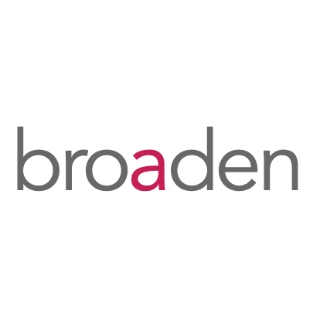5 signs your learning process needs an audit
In today's rapidly evolving business landscape, the ability to learn and adapt is paramount. However, even the most well-intentioned learning processes can fall short without regular audits to ensure they are meeting the needs of your workforce and organization. Here are five signs that suggest your learning process may need a thorough review.
Sign 1: Stagnant Employee Performance
When employees are not showing improvement or growth in their roles, it's a clear indicator that the learning process may not be effective. Regular performance reviews can help identify these plateaus and prompt a deeper investigation into the learning strategies in place.
Employee performance is directly tied to business outcomes. If learning initiatives are not translating into better performance, it's time to reassess the content, delivery, and application of your learning programs.
Sign 2: Lack of Engagement with Learning Materials
Engagement metrics such as course completion rates and active participation in learning activities can provide insights into how well employees are interacting with the material. Low engagement could signal a disconnect between the learning content and the learners' needs or interests.
The relevance and quality of learning materials are critical for engagement. Content that is outdated, not aligned with job roles, or poorly constructed can lead to disinterest and ineffective learning.
Sign 3: Skills Gap Widening
An effective learning process should help close skills gaps, not widen them. Regular skills assessments can help determine if employees are gaining the necessary competencies to keep pace with industry demands.
Learning initiatives must be aligned with the strategic goals of the organization. If the skills being developed do not support these goals, the learning process may need to be realigned.
Sign 4: Inefficient Learning Methodologies
Traditional learning methods may not be the most effective for today's workforce. Exploring and integrating modern learning approaches such as microlearning, social learning, and gamification can enhance the learning experience and outcomes.
Data analytics can offer valuable insights into learning preferences and behaviors, allowing for more personalized and effective learning experiences. If your learning process is not leveraging data, it may be falling behind.
Sign 5: Poor ROI on Learning and Development
Return on investment (ROI) is a crucial measure of the effectiveness of learning programs. If the investment in learning and development is not yielding the expected financial or non-financial benefits, such as improved employee retention or customer satisfaction, it's time for an audit.
Learning and development budgets must be used strategically to yield the best outcomes. An audit can help ensure that funds are allocated to the most impactful initiatives.






Comments (0)